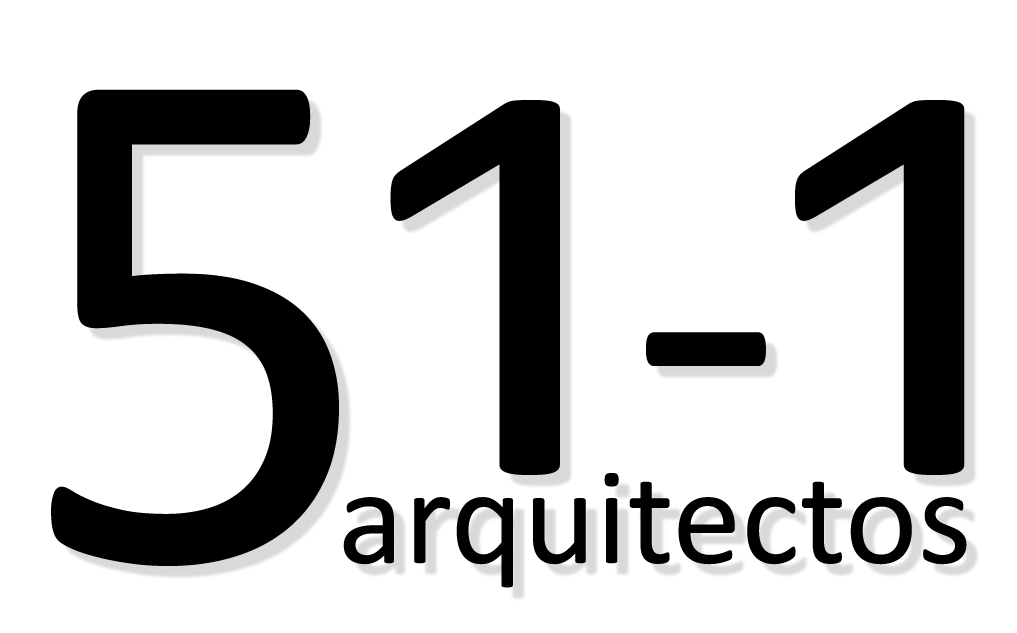










Lobitos
Lobitos, Piura (2011)
Preliminary design, in collaboration with RE
At the start of the twentieth century, a
British oil company established one of the earliest oil towns in the world:
Lobitos. It was a carefully planned village, so fully equipped, that it
included South America’s first cinema-theatre. Despite its heritage value, a
marginal military camp occupied it from the 1970s. Since then, it has been
massively dismantled and few of the buildings still stand in ruins: a ghost
town.
This area in the Peruvian north coast boasts
attractions like ’the world’s largest marlins’ and ‘the perfect wave’, thus
becoming a mecca for anglers and surfers. While government now wants to sell
the land for real estate business, locally established squatters, surfers and
fishermen oppose: big hotel investors or small surf camps? Preserving monuments
or building new ones? English or contemporary style? Turning Lobitos into a
town or a resort? We think there is no reason to choose between apparent
dichotomies. Why not devise a model that ensures diversity and a multiplicity
of options? No tabula rasa. If there is going to be a new layer in the
history of Lobitos, it must consider the existing strata.
By taking advantage of the tourist boom of
the region, with its relative isolation, its calm sea and the character that
its historical buildings confer, Lobitos could be transformed into an idyllic
destination. A contrast to the surrounding destinations, such as Máncora, Punta
Sal and Organos, that have a segregated, boisterous and unbridled character.
We worked on a master plan that started with
the restoration of heritage buildings and public spaces, injecting them with
new urban qualities that would enrich the existing infrastructure. This was
further enhanced by weaving in a new set of built volumes to accommodate the necessary
services for a diverse contemporary development: surf and rest tourism, fishing
(artisanal and sport), water sports, events, study and research centres and of
course, permanent residences. With all this, Lobitos could become an exemplary
and beautiful town; a model of spatial and social integration.
DESIGN TEAM: 51-1 (César Becerra, Manuel de Rivero, Fernando Puente Arnao with Martín Cajade, Andrea Otero) +RE (Esteban Varela y Martin Delgado)
SURFACE: 74 hectares LOCATION: Lobitos, Piura, Peru YEAR: 2011
CLIENT: Shamrock
